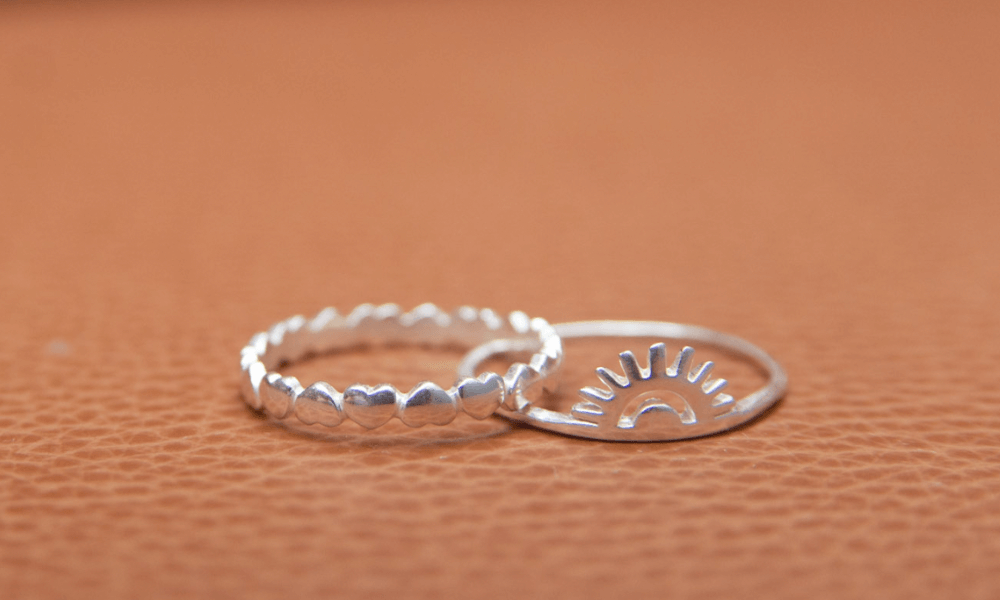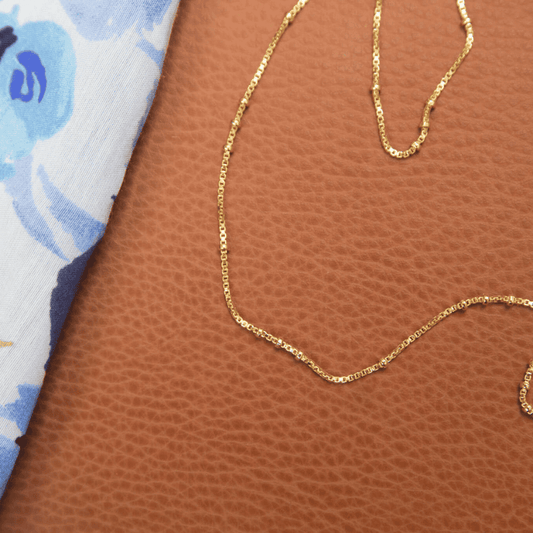
925 vs. 999 Silver: What is Best for Jewellery?
When you’re choosing silver for jewellery, you’ll likely encounter two key terms: 925 silver and 999 silver. But what do these numbers mean, and which one is better for your next purchase? Whether you're a jewellery enthusiast, a first-time buyer, or just trying to understand the differences between these two types of silver, you've come to the right place.
In this guide, we’ll break down the essentials of 925 silver (also known as sterling silver) and 999 silver (pure silver), and help you decide which one is the best fit for your style and lifestyle. Let’s dive in and uncover the truth behind these two shimmering metals.
What Exactly is 925 Silver?
You’ve probably heard of 925 silver, also known as sterling silver, but what does it actually mean? It’s a type of silver alloy that’s 92.5% pure silver and the rest is made up of other metals (usually copper). This combination gives sterling silver its strength while still maintaining that gorgeous shine we all love in jewellery.
Sterling silver is perfect for daily wear because it’s durable and resistant to bending and scratching. It’s affordable, stylish, and versatile – making it the perfect choice for everything from everyday rings to stunning necklaces that you'll wear for years.

So, What’s the Deal with 999 Silver?
On the other hand, 999 silver, also called fine silver, is 99.9% pure silver, meaning it’s about as close to perfection as you can get when it comes to silver content. It has a beautiful, bright, reflective shine that catches the light in the most dazzling way. However, its purity comes with a downside: it’s much softer and can scratch or bend more easily than its sterling counterpart.
While it may be more delicate, 999 silver is still highly prized for luxury jewellery and special occasion pieces. So if you're after something extra special, fine silver could be your go-to.
The Big Differences: 925 vs. 999 Silver
Let’s get into the nitty-gritty of what sets these two types of silver apart:
1. Purity: How Much Silver is in Each?
925 Silver: Composed of 92.5% pure silver and 7.5% of other metals like copper. This makes it durable yet still beautiful.
999 Silver: Made of 99.9% pure silver. It’s thepurest form of silver but comes at the cost of being more prone to damage.
Which wins? For everyday wear, 925 silver is a winner because it balances strength and beauty. Fine silver is gorgeous but less durable.
2. Durability: Will it Last?
925 Silver: It’s tougher than fine silver because of the added alloys, making it the perfect choice for jewellery that can handle daily wear. It won’t dent or scratch as easily.
999 Silver: While incredibly shiny and smooth, fine silver is softer. It’s more likely to scratch and can lose its shape if not carefully cared for.
Which wins? If you need durability, 925 silver is your best friend. For occasional wear and special pieces, 999 silver works just fine.
3. Shine Factor: Which One Sparkles More?
925 Silver: Though it has a gorgeous shine, it tends to tarnish over time, which can actually add a cool, vintage look to your jewellery. It still shines brightly with the right care!
999 Silver: The brilliance of fine silver is hard to beat. It’s incredibly reflective and has a lustrous, almost mirror-like quality that can last—though it will require more polishing to keep that shine.
Which wins? If you love that intense shine, 999 silver will give you the best sparkle, but 925 silver still holds its own with a more natural and subtle glow.
4. Cost: Which One Won’t Break the Bank?
925 Silver: Sterling silver is definitely the more affordable option. It’s a great way to get high-quality silver without spending a fortune. Plus, it’s durable, which means you won’t have to worry about replacing it.
999 Silver: Fine silver is typically more expensive due to its purity. It’s luxurious, but if you’re on a budget, it may stretch your wallet a little further.
Which wins? 925 silver is the winner here if you're looking for affordable luxury that doesn’t compromise on quality.
5. Tarnishing: How Does Each Age?
925 Silver: While sterling silver does tarnish over time, many people actually love the natural patina it develops. With a little love and care, it can easily be polished back to its former glory.
999 Silver: Pure silver tarnishes faster because of its high silver content. You’ll need to polish it regularly to keep it looking as shiny as the day you bought it.
Which wins? 925 silver wins for low-maintenance care, as it doesn’t tarnish as quickly and is much easier to clean.

So, Which One’s Better for You?
In the battle of 925 silver vs. 999 silver, there’s no clear winner—just a choice depending on your needs and preferences:
If you want everyday jewellery that can stand up to daily wear and tear, 925 silver (sterling silver) is the way to go. It’s affordable, durable, and perfect for rings, bracelets, and necklaces that you wear often.
If you’re looking for luxury jewellery that’s super shiny and can be reserved for special occasions or added to a curated collection, 999 silver (fine silver) could be your perfect match. Just remember to handle it with care!
What’s Your Silver Style?
Ultimately, the choice between 925 silver and 999 silver comes down to what kind of jewellery you’re looking for. Both are beautiful, but each has its own strengths. 925 silver is fantastic for pieces that get regular use, while 999 silver is best reserved for high-end pieces where that extra shine and purity make a statement.
Now that you know the difference, which one will you choose for your next piece of silver jewellery? Whether you go with the versatility of sterling silver or the luxury of fine silver, both will add a beautiful touch to your collection. Happy shopping!



